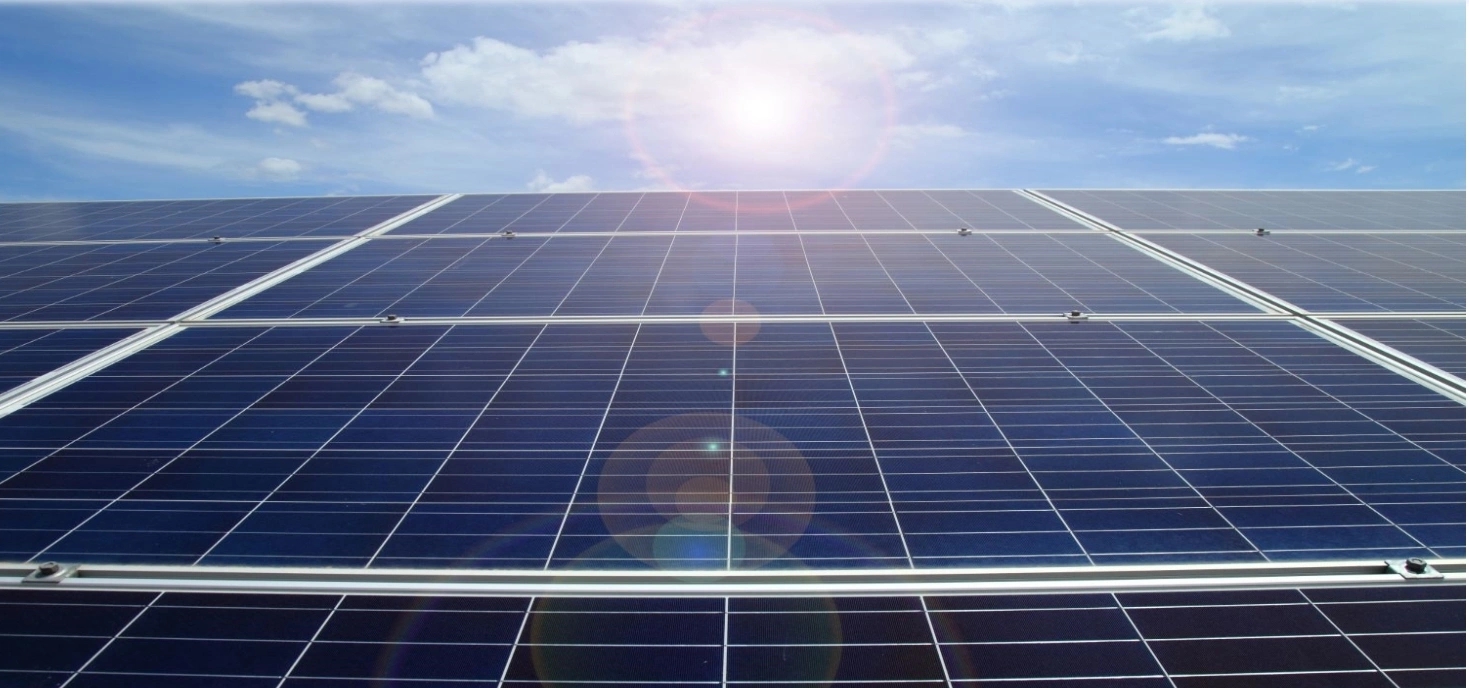- All
- Product Management
- News And Information
- Presentation
- Enterprise Branch
- FAQ
- Enterprise Video
- Enterprise Atlas
Is it time to bottom fish in U.S. solar stocks?
Release time:
2023-11-10 00:00

In the midst of the recent bull market in the U.S. stock market over the past three years, a group of tech stocks with strong performance has emerged. Apart from the well-known sectors like the internet and semiconductors, the new energy sector, particularly in the field of photovoltaic (PV) inverters, has also been on the rise.
Among them, the most prominent player in the new energy sector is Enphase Energy (ENPH.N), a company specializing in microinverters. It has become one of the ten-bagger stocks, alongside Tesla and Nvidia. Alongside ENPH, there are other companies in the same sector, such as SolarEdge and Intertech, that have also witnessed remarkable growth.
While Tesla has been leading the transition to new energy in the U.S. automotive industry, other U.S. new energy companies have been focused on meeting the demand for residential renewable energy generation, striving for a complete green energy cycle.
It's well-known that China's PV industry has already achieved world leadership in manufacturing. However, domestic U.S. companies have also found their niche in the global new energy manufacturing chain. ENPH and SolarEdge, for instance, operate at the household level, efficiently and safely converting DC electricity generated by PV panels into AC electricity.
Moreover, when compared to similar Chinese companies, they still maintain a significant market share.
At this point in time, we are witnessing these companies hitting three-year lows, with stock prices plummeting, accompanied by a decline in revenue growth in the latest quarter.
In the 2023 mini-bull market in the U.S., it's surprising to see this sector underperforming. These companies have demonstrated impressive growth histories, and the question now is whether it's an opportune time to invest as their valuations have become more reasonable.
Disappointing Q1 and Q2? Looking at their stock performance, the PV inverter sector in the U.S. has been struggling in 2023. One of the primary reasons is the substantial downshift in revenue growth, and their high valuations have struggled to justify this.
Most PV inverter companies experienced a significant drop in performance in the first half of the year, with growth rates declining from high double digits to zero or even negative growth. For instance, ENPH, which had shown consistent revenue growth for several quarters, surprisingly reported a quarter-over-quarter decline in revenue.
Even more concerning is the company's outlook for the third quarter, with revenue expected to be only in the range of $550-600 million.
Other companies in the sector have faced similar issues. While SolarEdge did not experience a quarter-over-quarter decline in revenue, its growth rate has been slowing down.
The decline in revenue primarily stems from sales in Europe and, notably, in the U.S. As interest rates rise, the willingness of homeowners to invest in standalone solar systems has decreased. Additionally, changes in California's solar policy, specifically NEM 3.0, have reduced the return on investment for residential solar, which has elongated the payback period. These policy changes have flattened the difference between retail and utility electricity prices, diminishing the benefits of solar power. This adjustment has extended the payback period for solar investments from around 6 years to approximately 9 years.
Moreover, these companies rely on distributors for sales, and due to an accumulation of inventory during the high-growth period, distributors have reduced their purchases to manage inventory costs. This has led to significant revenue adjustments. ENPH management has indicated that clearing this inventory will likely take until the end of the third quarter. However, there are no optimistic expectations for subsequent performance improvement.
It's worth noting that amidst the economic downturn this year, many stocks with revenue growth rates of only 10% are still trading at PE ratios of around 30, so the PV inverter sector's decline is not an isolated case.
However, at the beginning of the year, there were high hopes for these emerging industries, with expectations that they could sustain the average 40%+ revenue CAGR seen from 2020 to 2022. High valuations were maintained, with ENPH peaking at a PE ratio of over 140 and a PS ratio of 20.
Given that these are manufacturing companies with no particularly strong technological barriers, it was challenging for many to comprehend such high valuations during their peak.
Therefore, the degree of revenue decline and the extent of stock price retracement should not come as a surprise. Many companies with 10% revenue growth are trading at PE ratios of around 30 in the current market.
Other companies in the same new energy sector, such as First Solar in the PV panel manufacturing industry and NextEra Energy in green energy operations, haven't faced significant growth issues but have also been affected by the PV inverter sector's valuation adjustment. They have underperformed the index this year.
Nevertheless, when looking at historical gains, the adjusted U.S. PV sector still boasts excellent performance over a 5-year period, leading the U.S. stock market for several years before taking a breather.
The ideal buy-in point for this industry, given the cyclical nature of the solar industry, is when performance is weak, and valuations are relatively low. This principle, as seen in the Chinese PV component and battery companies, still applies to the U.S. PV inverter sector. Hence, investors must recognize the implications of this element when assessing valuations.
Conclusion: The growth prospects of the PV industry are undeniable, and it is set to become an efficient, clean, and cost-effective energy source in the future. Everyone wants to be a part of it.
U.S. inverter companies have found their place in the value chain, benefiting from the growth of the PV industry and showing impressive revenue growth, becoming the stars of the U.S. stock market's new growth sector.
With ample funds and a valuation premium for U.S. investors, these companies have been given high valuations, surpassing even the semiconductor sector during their optimism.
As their performance retreats, it's natural to witness significant declines. Upon closer examination, it becomes clear that the sustained growth was not evident, and issues in the revenue structure were apparent.
However, during the bull run, the soaring year-over-year revenue growth blinded investors to these issues.
Still, it cannot be denied that given the localized demand, even without strong manufacturing capabilities and global expansion opportunities, these companies have carved out a niche for themselves in the U.S. The PV sector's growth, particularly in residential PV, coupled with the potential for energy storage and home chargers, does offer a significant revenue-generating opportunity. However, the real question lies in how large this market penetration can be.
Another challenge is the volatility of policies, akin to what has been witnessed in the PV panel and battery sectors in China. These policy adjustments have led to cyclicality in the industry, with government bodies aiming for the healthy development of the sector.
This cyclicality suggests that the ideal entry point for this industry is when performance is weak, and valuations are still relatively modest, just as it has been with PV component and battery companies in China. Given the circumstances, the U.S. PV inverter sector remains an industry that should not be overlooked.
So, while these companies may have hit a rough patch, it's worth considering whether they represent a promising opportunity at their current, more reasonable valuations.
News












